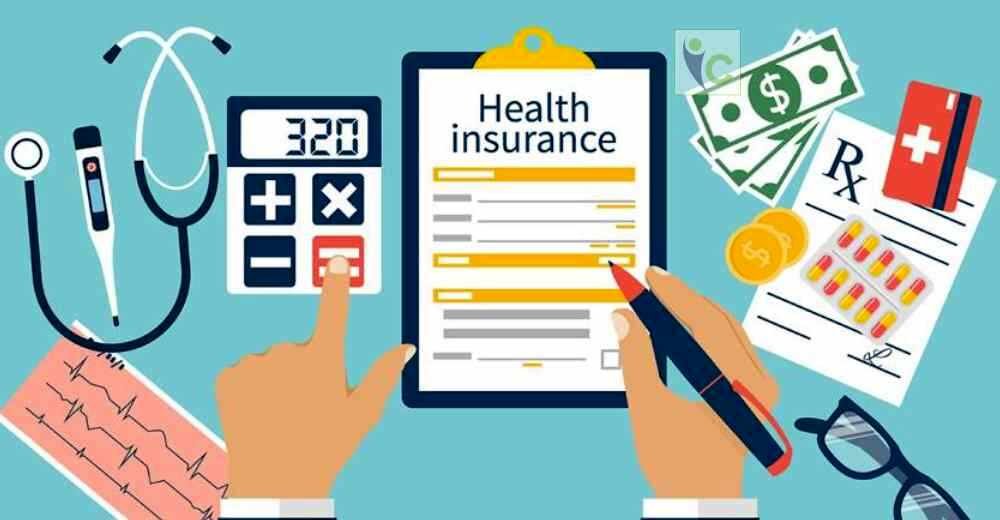THE AUTHORITY IN MEDICAL BILLING
Personalized Medical Billing Services. Quality Medical Billing Results. When it comes to prompt, reliable, and outstanding medical billing assistance, Evrostos Health Medical Billing Services is the company to trust. Our medical billing specialists are trained in all facets of medical billing. We can help you save money, increase revenue, avoid medical insurance denials, and achieve streamlined operations through our phenomenal medical billing services. Partner with us today!
Salary vs. Medical Billing Service Savings in Real Numbers
| Average Healthcare Salary in the United States |
4% on $30,000 Receivables |
Savings | 6% on $30,000 Receivables |
Savings | 8% on $30,000 Receivables |
Savings |
| $53,396/year | $1,200/month | $38,996/year | $1,800/month | $31,796/year | $2,400/month | $24,596/year |
The Services We Provide For You
Have you ever tried managing your medical billing on your own? If so, you probably know what it is like to deal with an endless list of claim denials that seem to be illogical at a first glance. Also, you may now know the true value of time, having spent months being on hold with an insurance company while simply trying to sign a contract with them. Finally, bad luck may have come your way, bringing an unexpected audit of your practice with itself. Evrostos Health will help you turn all these things into just some bad memories!
Revenue Cycle Management
The steps below outline the Revenue Cycle Management Process end-to-end:
1. Patient Scheduling
Revenue Cycle Management begins with a "patient encounter" that, in ideal circumstances, the patient schedules in advance. Exceptions to this might be in an Urgent Care or Hospital Emergency Department setting.
2. Benefit and Eligibility Verification
At the time of scheduling, the patient's insurance information is captured so the provider may verify benefits and determine insurance coverage. In this way, if necessary, a financial planning engagement can be arranged in advance of medical services rendered and appropriate patient contributions can be collected at the time of service. Pre-authorization substep During the Benefit and Eligibility verification, the patient’s insurance carrier may inform the provider that they need to submit a pre-authorization to provide and be reimbursed for services to the patient. The Authorization consists of submitting a request with accompanying Medical Records in order for the Insurance company to guarantee reimbursement for a number of visits for the patient.
3. Patient Encounter
The patient encounter is where the provider and patient discuss the patient’s healthcare needs and develop a treatment plan as well as deliver treatment. The details of this encounter are captured in the patient’s chart electronically via an electronic health record (EHR) software or paper record. The encounter begins when the patient arrives. Then, the provider’s administrative staff conducts a patient intake. This includes confirming all patient demographic, insurance information, and medical history. They may also at this time make copies of insurance cards and identity card if the encounter is face to face.
4. Medical Transcription (optional)
Instead of directly documenting information in the patient’s chart, the provider dictates notes that are sent off to a third party who transcribes these notes into a medical record that can be uploaded or saved to the patient’s chart.
5. Medical Coding
Coding consists of reviewing the documentation of the patient encounter and translating it into Procedure Codes and Diagnosis Codes. Procedure Codes or Current Procedure Terminology (CPT) are 5-digit medical codes that represent the services that can be rendered by a medical provider. Diagnosis Codes (ICD) – are the disease classifications that document the conditions or illness that brought the patient in for treatment. Many healthcare practices will leave this step to outsourced medical coders.
6. Charge Capture / Claims Generation & Submission
This is the central core of the Revenue Cycle. All services rendered are translated into the appropriate CPT and ICD codes and are tied together with the patient demographic and insurance information as well as the rendering provider and facility information to create a claim that is submitted to an insurance company for payment.
7. Cash Posting/Payment Posting
Payment Posting is a medical billing process of recording communication of insurance decisions against the claim on a line-by-line basis. Should there be a patient share of cost after the payment is posted, these amounts will be transferred to the patient so that patient statements can be sent out to collect this amount.
8. Secondary Billing
If a patient has multiple insurances, then once the primary insurance has adjudicated the claim the balance is transferred to the secondary insurance for payment. Many insurance payers also automatically cross over the balance to a secondary or tertiary payer if they have the information in their system.
9. Patient Billing
If the claim adjudication results in a denial, it is posted on the claim, allowing a medical billing expert to review the reasons for non-payment and take the necessary actions to appeal and get the claim re- processed as appropriate. Should this be due to non-covered services then the balance amount is transferred to the patient to request patient payment. This is also referred to as Patient Billing or Statement processing.
10. Accounts Receivable
Accounts Receivables (AR) stands for the outstanding amount that is pending/yet to reimburse to a provider for the services they have rendered in the past. It is a measurement of charges not yet collected. The purpose of the AR team is to collect partly/underpaid pending or denied insurance claims. The key to accounts receivables is follow-up, which can take two forms: Insurance follow-up, which is to collect payment from the insurance company and Patient follow-up, which is collection of any outstanding payment that is the patient's financial responsibility (co-pays, deductible, coinsurance, or other out-of-pocket medical costs).
11. Denial Management
The process of Denial Management begins on receipt of denial of a claim that was underpaid or had improper coding. It follows payment/cash posting. It is done by analyzing the reason for denial/underpayment and following up with the carrier/patient.
